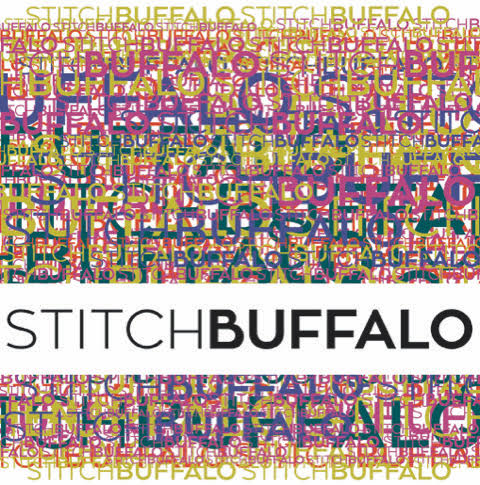Mending, Alterations, and Tailor Making
Services Offered
If it’s made of fabric/fiber, chances are we can fix it! Stitch Buffalo artisans are ready and waiting to help you with projects like:
Shortening hems and sleeves
Replacing zippers*
Mending rips and tears
Creatively concealing stains
Making basic garment alterations
Covering cushions and pillows (or repairing damaged ones)*
Shortening curtains or making new ones
Repairing blankets, quilts, and comforters
…. and so much more.
If you’re interested in having us work on a project, stop by with your item (if possible) and we can give you a quote. Or, you can email us to start the conversation.
*To replace longer zippers (jackets, backpacks, upholstery, etc.), please bring an appropriate replacement zipper. If you are not sure wheat you need, we can provide advice on what to purchase. These are often specialty lengths/styles that we do not keep in stock.
Frequenty Asked Questions
Is it worth it to alter clothes?
Rather than constantly replacing ill-fitting or worn-out clothing, or never purchasing outfits because you can't find anything that fits right, investing in tailoring allows you to maximize the utility of your existing wardrobe and opens opportunities for new pieces to be purchased.
How long does it take to alter clothes?
Within the industry, tailors and seamstresses get busier during the spring and the fall, so consider these peak times if you need your alteration completed by a certain date. Across the industry, typical alterations usually take 1 to 2 weeks to be completed. Depending on the garment or repair it could be done sooner than a week.
Do I need an appointment to get my clothing altered?
No, but if you require a more complicated alteration or specialty item alteration, it is advised you call ahead and ensure a fit expert is scheduled for your arrival. For custom, unusual or individualized sewing requests that are not listed below, please call the shop.
Left—Palwasha is a trusted tailor for this vintage clothing re-seller. She repaired the delicate fabric waistband on this skirt, making it ready for sale. Right—Working from a photo of a dress, Palwasha drafted a custom pattern to re-create the pictured garment to the customer’s exact measurements and in her chosen fabric.
The Most Eco-Friendly Items Are the Ones You Already Own
In 2018, the EPA estimated that 11.3 million tons of textiles ended up in landfills. This waste is comprised primarily of discarded clothing, along with smaller sources like furniture, footwear, sheets, and towels.
If you are concerned about reducing the environmental impact of your wardrobe and home goods, the best thing you can do is give your current possessions the longest life possible by repairing them or altering them to work better for you!
Above—Muna assembled heirloom table linens from the bride and groom’s family to create a chuppah cover for the couple’s wedding.
Left—Palwasha drafted patterns for colorful new cushion covers using the customers worn white covers. Right—The new covers helped refresh the customer’s summer porch area. Perfect for relaxing!




